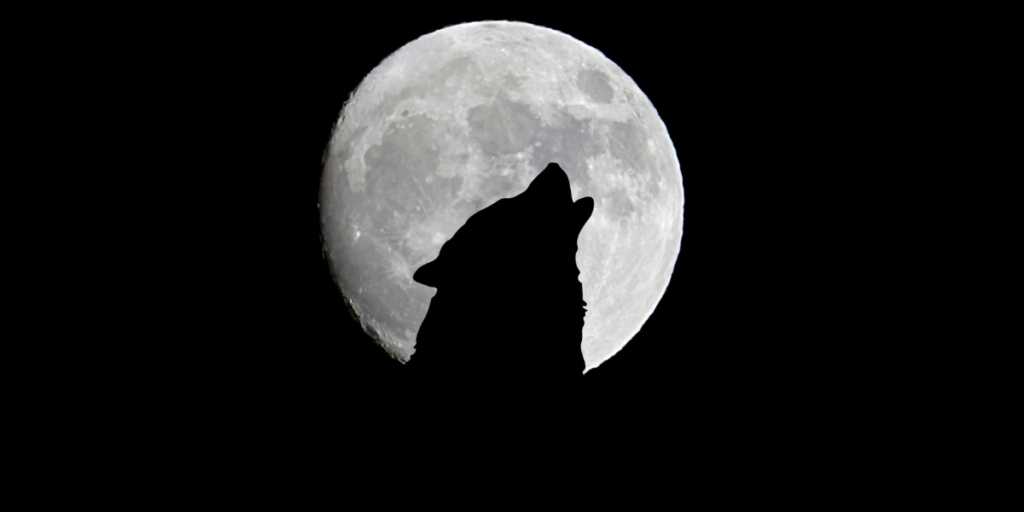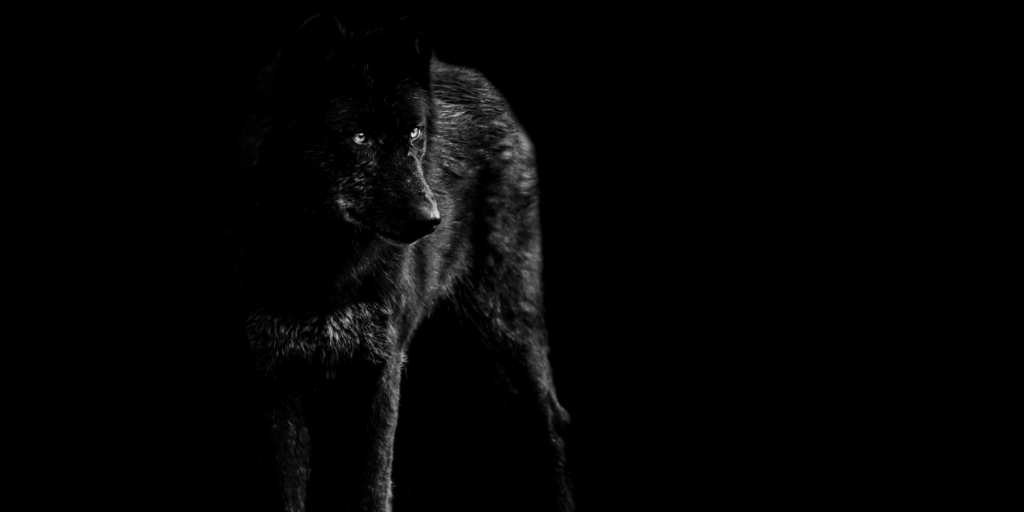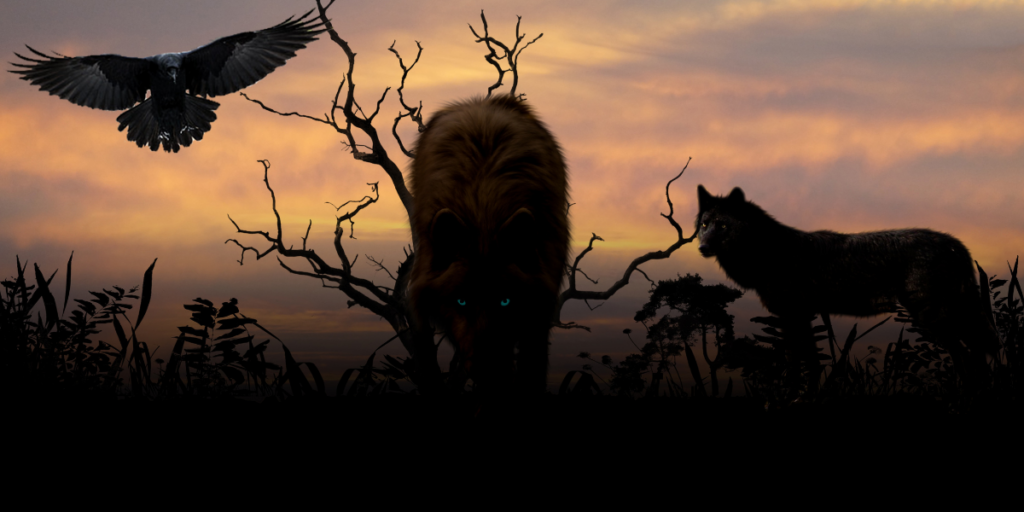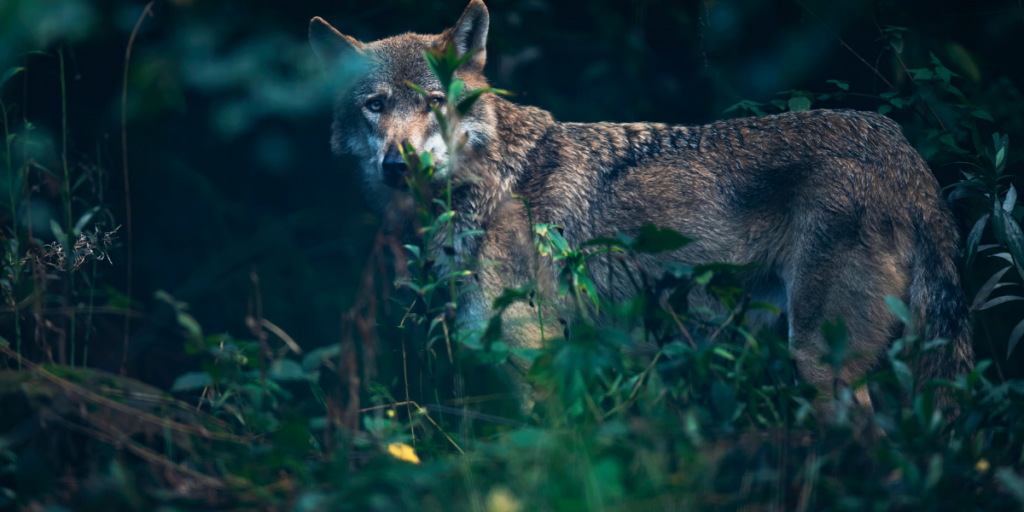Dogs and wolves traditionally originate from a common ancestor. These creatures are known to be loyal and are constantly featured as well as revered in several different mythologies around the world. Let’s take a brief look at some of the popular ancient myths about dogs and wolves.
Ancient Myths About Dogs

The existence of dogs can be depicted through stories, carvings, and sculptures. These are dated many thousand years ago. It is believed that dogs were one of the first animals to be petted by humans 15000 years ago.
However, in modern research, it is likely to have occurred much before that. Modern-day dogs are descendants of domesticated versions of wolves. It is believed to be first domesticated by men in the Middle East. Dogs have always been considered loyal companions of humans.
There have been many myths/stories about dogs. Some of the Greek mythology legends are about the various forms of dogs.
Cerberus: A Three-Headed Hound – Greek Mythology
Master – Hades
Parents – Typhon and Echidna
Sometimes believed to have more heads, as many as 50 or 100, and a tail similar to a snake. It was the guard of the gates of the underworld, a faithful watchdog of Hades (God of the underworld). Although many were allowed to enter Hades, but could never leave.
However, there are stories of how some managed to leave. Orpheus, a musician, put Cerberus to sleep by playing soothing music. Hermes, the herald of gods, did the same by using the water from Lethe, a river of forgetfulness. Hercules didn’t use less subtle methods.
Hercules was given 12 labors as punishment for terrible violence. The last one of this was Cerberus captured by wrestling and dragging him away from Hades. Saliva from Cerberus dripped on the ground, producing the first poisonous plant. Anyone who looked upon this dog would turn into stone.
Also Read:- The Ultimate List of Greek Demigods and Their Powers
Argos: The Faithful Hound – Greek Mythology

Master – Odysseus
Argos was the faithful dog mentioned in Odyssey, a poem by Homer. It was known for its hunting abilities. Odysseus had left Troy to return to his home of Ithaca. He was going home after 20 years. Most of Ithaca, except for his wife Penelope, son Telemachus and his faithful fog Argos, thought he was dead. However, Odysseus goes in disguise as a beggar. But Argos, even after 20 years, could recognize his master. Poor Odysseus couldn’t greet the dog as his identity was at risk. The dog was happy to see him alive. The last thing he did was let out a cry and took his last breath.
Laelaps: The Golden Hound Who Always Catches its Prey – Greek Mythology
Master – Zeus
Laelaps was a dog that always caught what he hunted. When Zeus was a baby, the dog was given to him. This could be the same dog that later Zeus gifted to Europa. Zeus was deeply in love with Europa. He took her to the island of Crete and gifted her Talos- a robot.
Europa passed on the dog to Minos, King of Crete. Minos was cured of a terrible disease by Procris. Minos gifted the dog to Procris. Knowing the abilities of the dog, it was sent to capture the Teumessian fox. This giant dog is considered never to be caught.
This created a paradoxical situation of a dog that never missed prey and a fox that never got caught. Understanding the endless cycle, weary Zeus turned them into stone. They are frozen in the chase forever.
Also Read:- Goddess of Death | Popular Folklore in Different Mythologies
Faerie Dog – English Mythology
They are said to be the size of a young bull and have a wolf-like appearance. Locals feared these beasts as a bad omen, when witnessed, could bring their untimely death.
Faerie would let out three barks which could be heard miles away. If someone has heard the terrifying sound, they need to reach safety before the third bark. In case the third bark is heard, the person is doomed.
Nursing women are usually locked up in rooms. After the third bark, they would be abducted and forced to supply milk to the faerie.
Also Read:- Cassandra: The Trojan Priestess of Apollo From Greek Mythology
Gwyllgi – Welsh Mythology

These are huge, bullock size dogs with red eyes. They haunt the lonely Welsh roads. Witnessing a Gwyllgi brings bad luck to the traveler.
Anubis – Egyptian Mythology
Anubis is an Egyptian dog with a jackal head. Anubis is the son of Osiris, one of the principal Egyptian gods and Nephthys. They were worshiped and were correlated with death.
They accompanied dead kings in the afterworld. Osiris judged the kings. Anubis placed their heart and feather on either side of the scale. Whether the king could enter the afterworld depended on the results noted by Thoth, the messenger of Sun, God of learning and wisdom.
Ancient Myths About Wolves

Wolves have been existing on the earth for 60 million years and are believed to share the same ancestors. They are the largest non-domesticated member of the dog family. Wolf is known for its senses and hunting skills. They have an image of being fierce and ruthless.
Fenrir – Norse Mythology
In Norse/ Scandinavian mythology, Loki’s son wolf Fenrir symbolized chaos and had swallowed the whole of Odin, God in Germanic mythology. But they are also identified as warriors. Odin himself had two loyal wolves as companions.
Wolf Ashina Tuwu – Turkish Culture
In Turkey, wolves are highly regarded animals, just like in the Romans. Wolf Ashina Tuwu is the mother of the first of the great Khans. She had rescued an injured boy, nursed him, and bore him ten half-wolf, half-human children. Bumin Khayan, the eldest of them became the chief of Turkic tribes. To date, the wolf is seen as a representation of sovereignty and leadership.
Also Read:- Alligator Dream Meaning and Interpretation in Different Mythologies
Wolves in Hindu Mythology
Wolf omens are taken seriously in India. Lord Krishna in an attempt to persuade his fellow herders to move to different forests, turned his hair into hundreds of wolves. Wolves destroyed the place, abducted children, ate calves, and attacked people at random, forcing them to relocate to a new location.
Some More Interesting Myths About Wolves

Wolves were also considered the messengers of goddess Kali by Thuggee worshippers of Kali. The howling of the wolf was considered a different order from Kali.
The Mongols have a similar story with the blue-gray wolf as their ancestors. Genghis Khan is the first descendent.
In European folklore, wolves are treated as a threat to humans. It is familiar from tales like Red Riding Hood and The Three Little Pigs. However, the number of humans attacked by wolves is negligible.
The Roman folktales depict wolves to be reflecting motherly instinct. They have a positive image in Roman culture. This can be seen through stories like Romulus and Remus, and Mowgli in Kipling’s The Jungle Book.
Scottish folklore is more about tales of foxes and wolves. Wolves are easily deceived by foxes. There are stories of foxes tricking or harming the wolves.
The Skidi Pawnee teachings say that the wolf was the first animal to be killed. This led to death for the rest of the world. This could be the reason why howling is considered to be a call from the spirit.
In stories from Vancouver Island, wolves are considered as a physical form of spirits of the dead. In the last rites of Aztec ritual, a sharp wolf bone was pricked into a person’s chest less directly.
Wolves in Greek Mythology
References to wolves have been made widely in Greek mythology in varied forms like Wolf deities, gods related to the wolf, and humans turned into wolves.
The most common story is of King Lycaon, son of Pelasgus. He was the king of Arcadia. The famous myth says he tested Zeus, father of all gods, whether he knows it all by feeding him the flesh of his son Nyctimus. Zeus could figure it out, and for Lycaon’s gruesome act, he was transformed into a wolf. All his offspring were killed, and Nyctimus was brought back to life.
Lycaon stayed as a wolf. This story is highly regarded as a myth as it was not written by Arcadians but by outsiders in the cities like Athens and Rome.
As per the Inuit, the very first man married a she-wolf. Their children were twins – a male and a female speaking different languages. They populated the earth in different directions after leaving their den.
A similar story is stated for the Greek god Apollo Lykaios which means “Apollo Wolf” or “Apollo Lord of the wolves,” who is the son of Zeus and Leto. A theory by Aelian, a Roman Author, states Leto had turned herself into a she-wolf. She had given birth to twins Apollo and his twin sister, goddess Artemis. Hence, they are indeed wolf-born. Aristotle, in the 4th Century BC, states the same story.
There is another variation to Leto’s story. Leto, after giving birth to her twins, Apollo and Artemis, took them to Lycia as she wanted to bathe them in the spring; when some herdsmen drove her away. Wolves came to meet her and led her the way to river Xanthus by wagging their tail.
After drinking the water and having bathed her children, she consecrated the Xanthus to Apollo. She renamed the land, which was called Termillis, to Lycia as a dedication to the wolves that guided her.
As seen, the werewolf has been part of many stories and legends throughout the world. As per the theory by legends, werewolves are people who morphed themselves into vicious and powerful wolves. A bloodthirsty combination of humans and wolves that control their lust for killing people and animals.
The origin of these werewolves is not very clear, but it is evident that they were believed to have existed around the world from tales and folklores read and scripted.
All through the centuries, werewolves have been used to explain the unexplainable. In modern days they have become pop culture horror icons. Legends of werewolves’ sightings continue and are parts of people’s nightmares.
